Dr. Phil Zeltzman’s Blog
Is my pet’s surgery urgent?

As you can imagine, some conditions are more severe and urgent than others.
Removing a small lump that’s been there for 3 months is logically less urgent than a C-section.
Still, how do you, how does your family vet, how does a surgeon, decide what surgery is urgent and what is not?
A simple way to decide is to consider that a surgery is urgent if not performing it would cause irreversible harm. This can include:
. Threat to the patient’s life (e.g. severe internal bleeding, “bloat” or a “twisted stomach”, pyometra aka an infected uterus, some C-sections)
. Risk of irreversible damage to the patient’s physical health (e.g. difficulty breathing, risk of paralysis of the legs)
. Threat of permanent harm of an extremity or an organ (e.g. urinary blockage that can cause kidney damage, intestinal blockage that can damage the intestine)
. Risk of rapid worsening of severe symptoms (e.g. a pet hit by a car with open wounds).
. Severe pain that can be solved with surgery (e.g. a severely broken bone that cannot be stabilized)
On the opposite, some surgeries are not urgent: most lumps and bumps, a torn ACL, some fractures that can be stabilized (e.g. with a splint), bladder stones, etc.
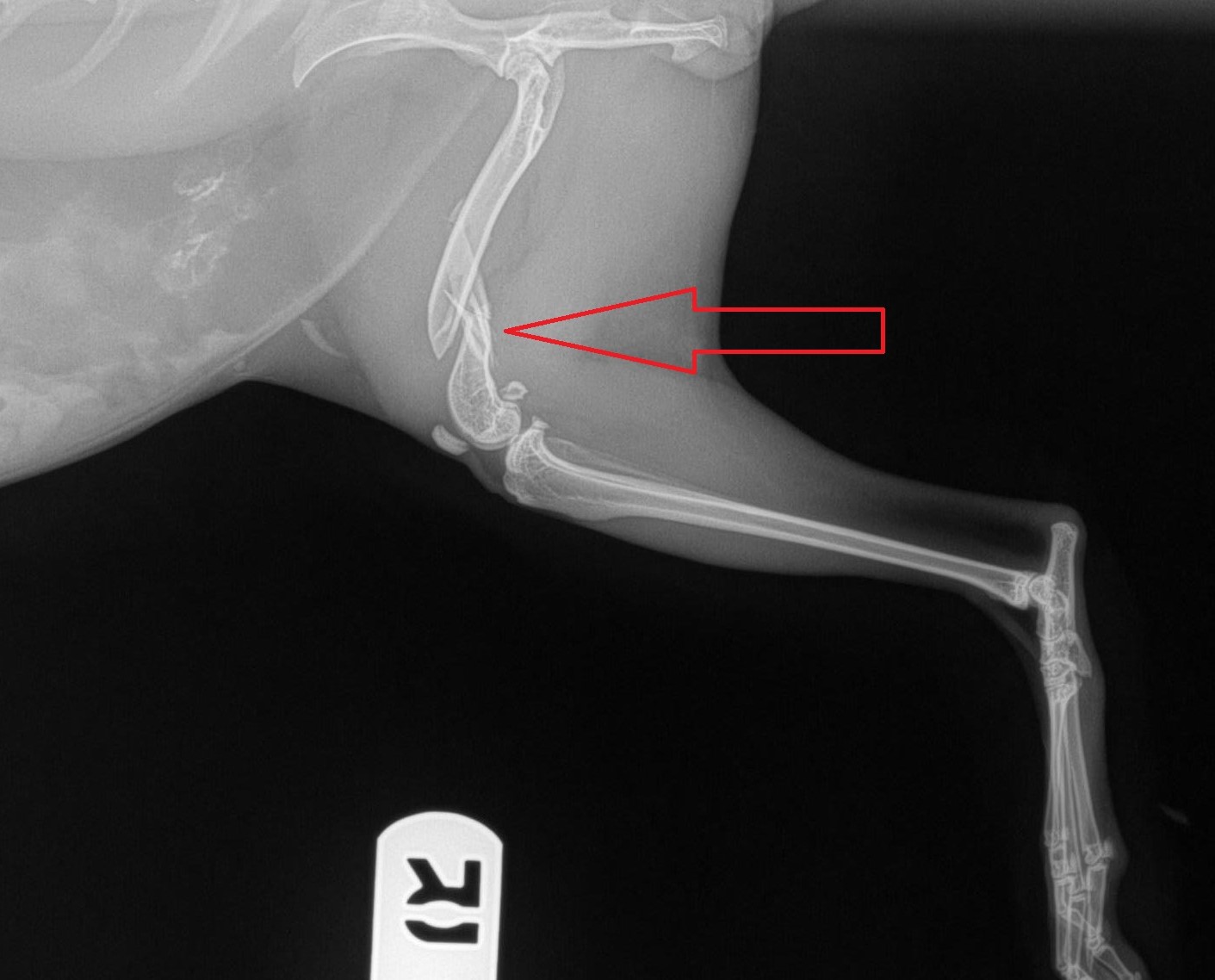
Now, just because these surgeries are not considered urgent, doesn’t mean that you should procrastinate for months!
. Delaying the removal of bladder stones can lead to a blockage (of the urethra) that can in turn cause kidney damage and heart problems.
. Removing a small tumor is obviously less invasive than removing a huge one.
. Delaying the repair of a torn ACL for months means that there will be much more arthritis and muscle loss (and pain).
Even though some of the above examples are sometimes debatable, these are pretty good guidelines.
Everything is relative, even in the surgery world…
Basically, urgent or emergency surgery is recommended when it provides relief to the patient or to an organ, and a non-surgery option is not available or practical.
Importantly, as you read these examples, please remember that I am only talking about surgical conditions. There are countless other conditions that are medical, i.e. that are not treated with surgery. Those are beyond the scope of this blog.
Bottom line: when in doubt about a specific condition in your pet, the best thing you can do is ask your family vet, an emergency vet, or ideally, a surgeon.
Phil Zeltzman, DVM, DACVS, CVJ, Fear Free Certified

Dr. Phil Zeltzman is a traveling veterinary surgeon in Pennsylvania & New Jersey. An award-winning author, he loves to share his adventures in practice along with information about vet medicine and surgery that can really help your pets. Dr. Zeltzman specializes in orthopedic, neurologic, cancer, and soft tissue surgeries for dogs, cats, and small exotics. By working with local family vets, he offers the best surgical care, safest anesthesia, and utmost pain management to all his patients. Sign up to get an email when he updates his blog, and follow him on Facebook, too!
Why is my dog crying after surgery?
“Doctor, I don’t know what to do, my dog keeps crying ever since coming home from surgery.”
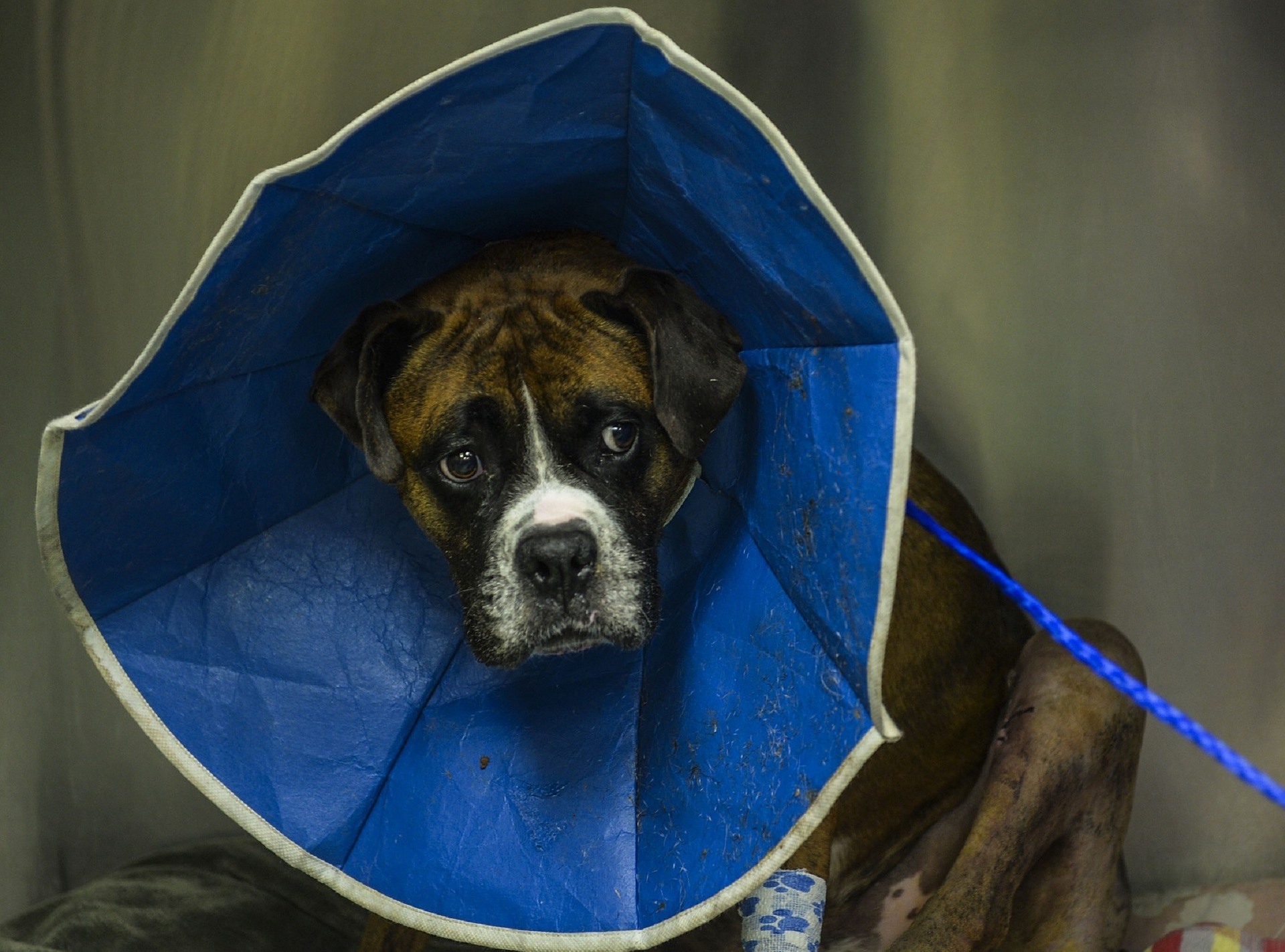
This is a concern we occasionally hear after surgery. So why do dogs cry (or vocalize) after surgery? Note: we do not mention cats below, because, well, cats are different, so only part of what follows applies to cats.
1. Dysphoria
Dys what?
Dysphoria.
Dogs who wake up from surgery are discombobulated. They have no idea what happened to them. They’re spacey or groggy or loopy while the anesthesia medications wear off. They may not know who you are and where they are.
If you’ve ever had anesthesia, you likely felt the same way. You may also have seen videos of kids or adults waking up from anesthesia, after dentistry or surgery, and they say the weirdest or funniest things – which they don’t even remember later.
Since dogs don’t understand what’s happening, it causes anxiety. And they don’t know how to express that, except through whining.
While it’s stressful to any pet lover, the good news is that it should go away after a good night sleep.
If you doubt it, let me give you a classic example.
If we only sedate a dog (not even full anesthesia) to take X-rays or change a bandage or trim their nails, and reverse the drugs, they may experience dysphoria. We haven’t done anything painful, yet they cry like they’re in severe pain.
Why is that?
Well, it’s exactly for the reasons explained above. It’s dysphoria. They’ll get over it.
Bottom line: This type of crying should stop when you sit next to your dog, or you call his or her name.
2. Pain
Pain can definitely cause crying. Now, if your vet or your surgeon takes pain seriously, and provided appropriate pain control, the crying is most likely not due to pain.
As I always say, “pain is unacceptable in 2020.” We have enough pain medications available. We routinely dispense 2 or 3 pain medications to make sure your dog is comfortable after surgery.
If you are convinced that your dog is in pain, please call your vet and get an additional pain medication. That’s an easy solution.
Bottom line: This type of crying does not stop when you sit next to your dog, or you call his or her name.
3. Attention-seeking
Some dogs, like some babies (or older kids!) are quick at learning that if they whine, it makes you stop what you’re doing and you pay more attention to them. You pet them. You use your funny voice. You give them a treat.
It’s a learned behavior, which you encourage by “giving in.”
Bottom line: This type of crying should stop when you sit next to your dog, or you call his or her name.
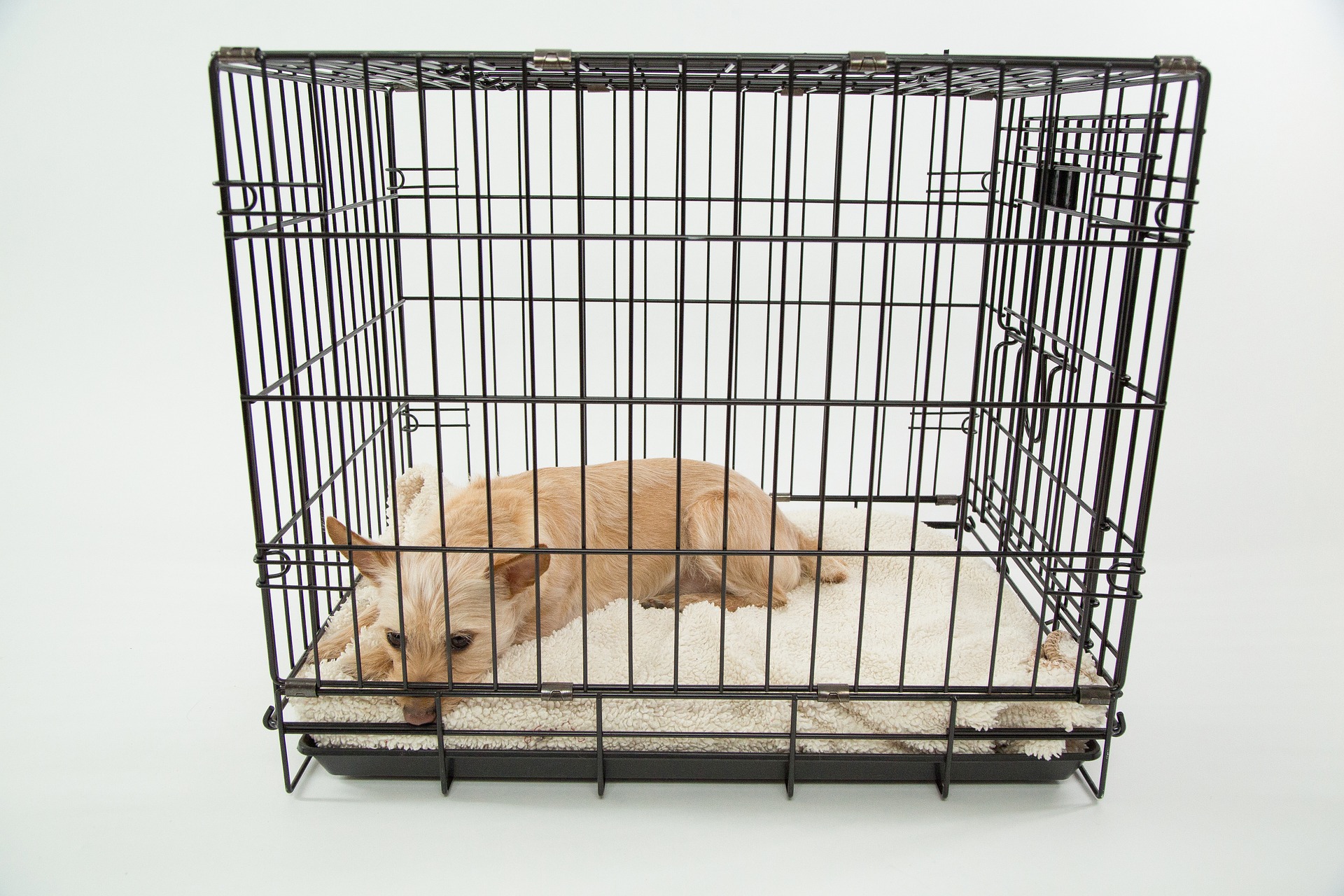
There are other reasons for which your dog might cry after surgery. It can mean anything from “I hate this stupid cone around my head” to “I hate being locked up in a room/in a crate” or “Why do I have a 10 pound bandage on my leg?” or “I am bored to tears in here!” or “Why don’t you understand that I need to pee?”
So these are “benign” reasons that make them anxious. Again, they don’t know how to express their frustration besides crying. Other reasons include not feeling well, being unsteady, feeling nauseous, feeling cold.
Some breeds are more sensitive than others. And some individuals are more sensitive than others (“every patient is different”).
So depending on the situation:
. You may bring water or food closer. Some dogs need help when they wear a cone (which you should not take off). Handfeeding may help.
. You may want to give your dog a (safe) chew toy to prevent boredom.
. You can use white noise to drown out the normal sounds of the household.
. You can’t do anything about a bandage, although if it’s too tight, it can cause pain, so you should seek medical attention.
. You should absolutely follow your vet’s or your surgeon’s instruction to keep the cone on 24/7, or to keep your dog confined 24/7.
. If your dog needs to eliminate, then obviously you should allow that. Remember, you’ve trained your dog to be potty trained, so they may absolutely refuse to go on the floor or in their crate.
But be careful, as some smart dogs can learn that “whining = I can escape from jail and go outside” and they may take advantage of that.
Bottom line: This type of crying should stop when you sit next to your dog, or you call his or her name… or your take them outside to eliminate.
These are the main reasons for which a dog may cry. If you’re still not sure what’s going on with your dog, please call your vet clinic and brainstorm with a nurse to try to figure out why it’s happening.
The good news is that if you follow the rules, the whining should stop overnight or within a few days. If it doesn’t, then I’ll give you 2 more options:
. The reason for the crying is not listed above, and you need to figure out what the cause is by talking to your veterinary team.
. All we need is a mild sedative or tranquilizer to “take the edge off” and help your dog relax and accept their new fate: the plastic cone, confinement, a bandage etc.
After all, waking up from anesthesia is not fun for humans, so there is no reason to believe that it’s any more fun for a patient who has no idea what just happened.
Again: this is normal and it will get better with time, so hang in there!
Phil Zeltzman, DVM, DACVS, CVJ, Fear Free Certified

Dr. Phil Zeltzman is a traveling veterinary surgeon in Pennsylvania & New Jersey. An award-winning author, he loves to share his adventures in practice along with information about vet medicine and surgery that can really help your pets. Dr. Zeltzman specializes in orthopedic, neurologic, cancer, and soft tissue surgeries for dogs, cats, and small exotics. By working with local family vets, he offers the best surgical care, safest anesthesia, and utmost pain management to all his patients. Sign up to get an email when he updates his blog, and follow him on Facebook, too!
Simone falls out of a window!
Simone, a 1 year old Chihuahua, was relinquished to a rescue organization in New Jersey (www.facebook.com/SecondChancePetAdoptionLeague). Her story was nebulous, but it sounds like she sustained a 10 foot “fall” through a window. The story doesn’t say how…

That’s a pretty big fall for a 5 pound dog… Luckily, Simone’s only injury was a broken forearm (radius and ulna), just above the wrist.
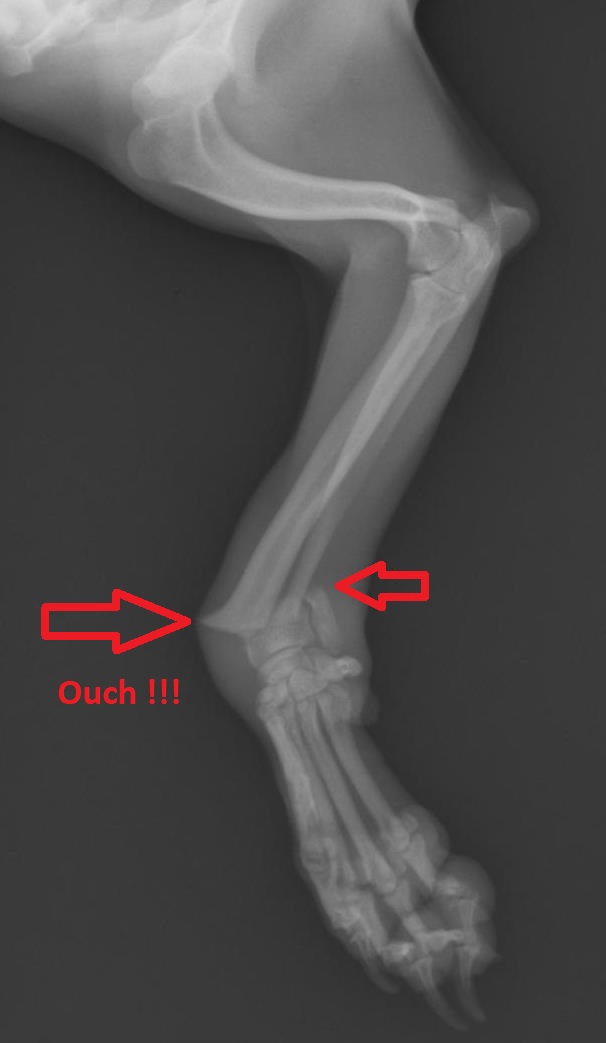
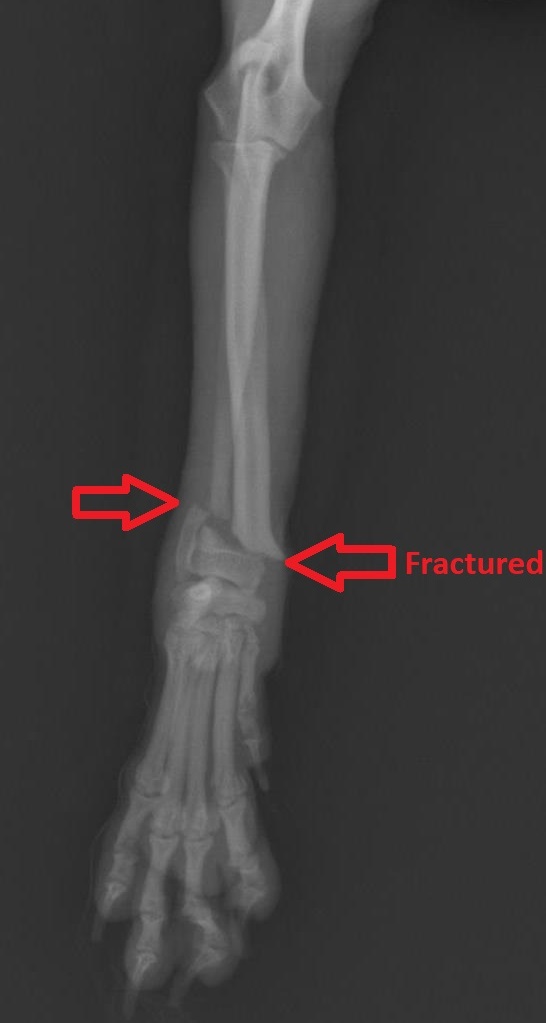
The Animal Clinic of Morris Plains in NJ reached out to me to fix Simone.
Because there was so little space below the fracture, we “cheated” and used a special plate called a T- plate and 5 tiny screws. The T part allowed us to fit more screws below the fracture.
To reinforce the repair even more, a splint was placed on the leg after surgery. Simone recovered smoothly from anesthesia and went to recover in her foster home.
After 2 months of strict confinement and TLC, Simone’s bone looked healed on X-rays.
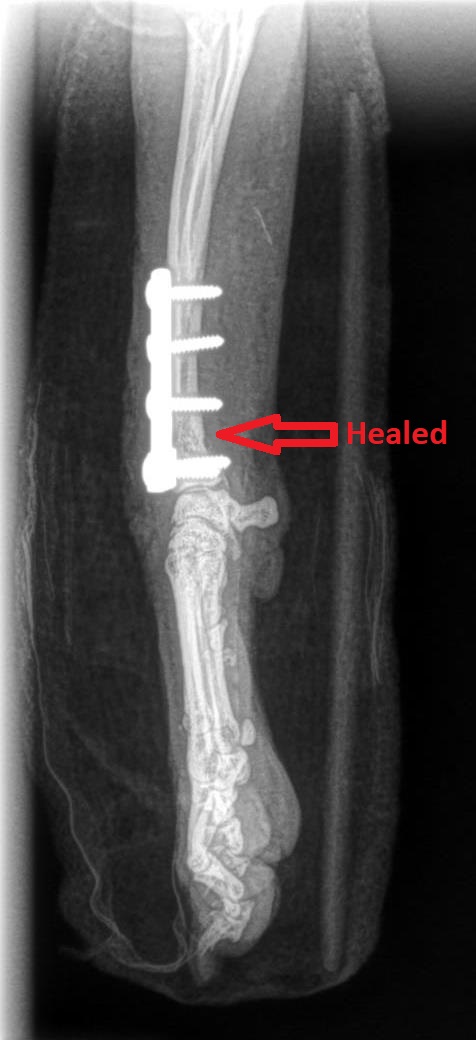
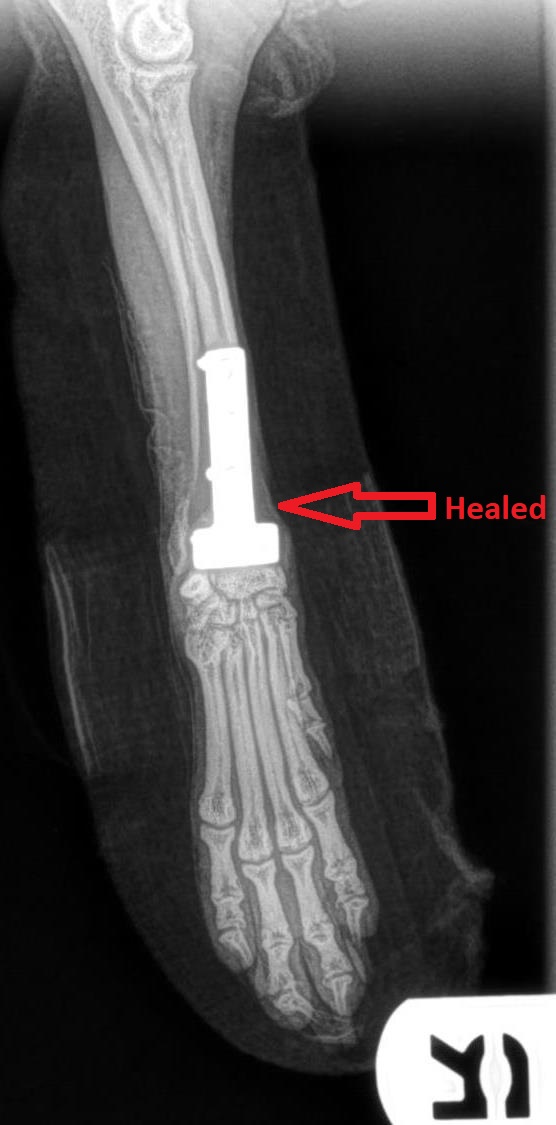
It is now time to start to rehab Simone. This simply means that she will need to be walked longer and longer to rebuild muscle. Then she can start to live a happier life with her new family.
Phil Zeltzman, DVM, DACVS, CVJ, Fear Free Certified

Dr. Phil Zeltzman is a traveling veterinary surgeon in Pennsylvania & New Jersey. An award-winning author, he loves to share his adventures in practice along with information about vet medicine and surgery that can really help your pets. Dr. Zeltzman specializes in orthopedic, neurologic, cancer, and soft tissue surgeries for dogs, cats, and small exotics. By working with local family vets, he offers the best surgical care, safest anesthesia, and utmost pain management to all his patients. Sign up to get an email when he updates his blog, and follow him on Facebook, too!
Are you afraid of anesthesia?
“I am absolutely terrified of surgery”

I probably hear this statement from loving pet owners once or twice a week. Since I am a surgeon, this statement obviously hurts my feelings.
Surgeons have feelings too, you know!
I typically ask questions to try to understand where my client is coming from. The story usually involves fear of the unknown, or the loss of an older or sick pet under anesthesia years and years ago.
Then I help the client realize that their fear is not really about surgery, but about the anesthesia. Even though surgeons hate that quote, in our profession we say that “there are routine surgeries, but there is no routine anesthesia.”
So we take anesthesia extremely seriously. And you should make sure that the veterinary team about to treat your pet takes it seriously as well.
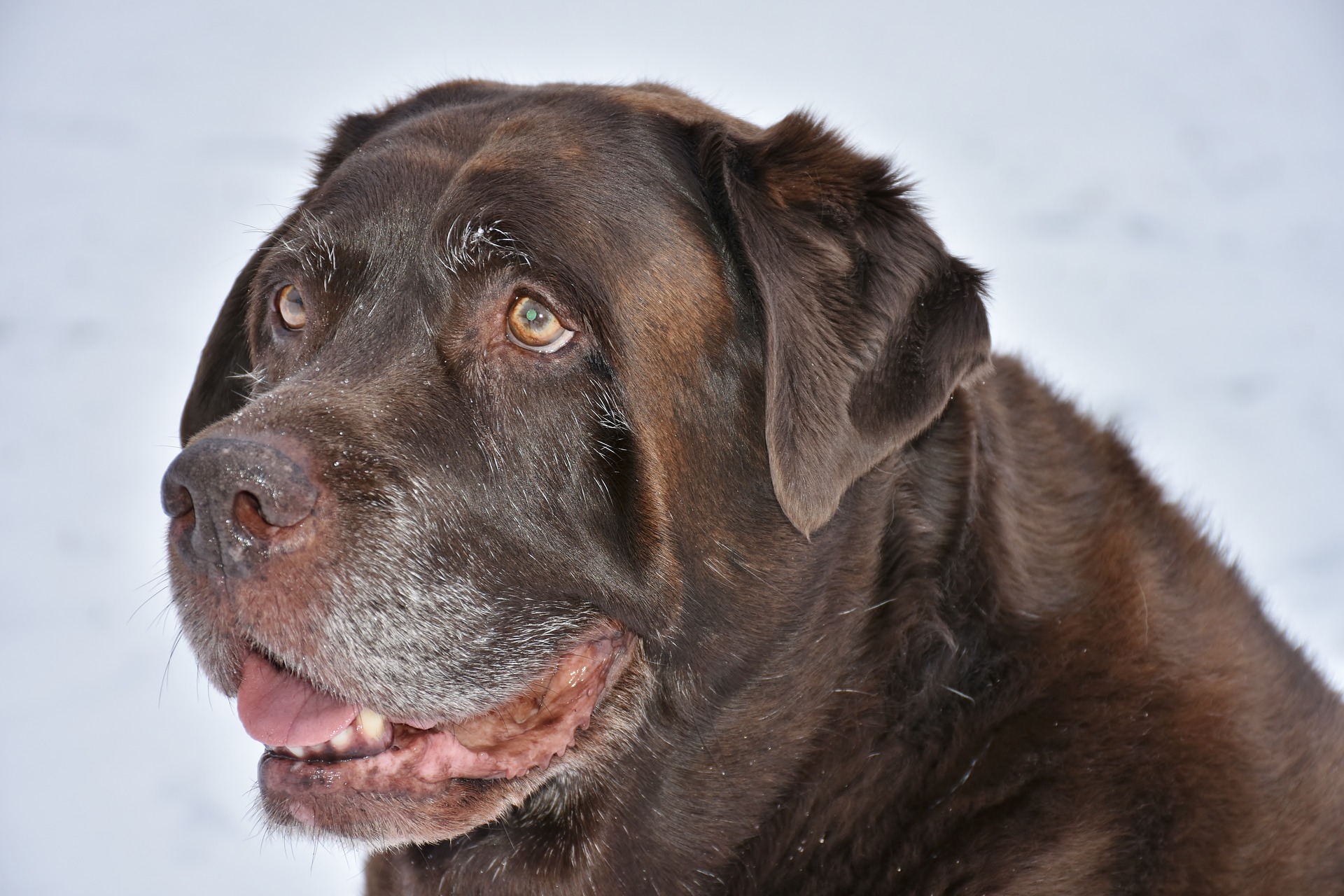
What does that mean? It means doing blood work to ensure your pet is a good candidate for anesthesia. If there are abnormalities, it gives us a chance to correct them. If the bloodwork is normal, then this is wonderful news.
I feel strongly that every pet should have a trained, dedicated nurse monitoring them throughout anesthesia. This allows the doctor to focus on your pet and the surgery, while the nurse focuses on the anesthesia. This is similar to what happen in human medicine.
Years ago, a huge scientific study (almost 100,000 dogs and 80,000 cats) found out that the death rate around anesthesia time is 0.17% in dogs and 0.24% in cats. I said “around anesthesia time” and not “under anesthesia” because the researchers looked into pets who died up to 48 hours after the end of anesthesia.
Even better: these numbers are actually the average death rate. It’s the average between perfectly healthy patients, extremely sick patients and everything in between. And the study included puppies and kittens, adults as well as seniors.

So if you have a healthy pet, you’d think that going under anesthesia for a planned (ie non-emergency) surgery, the risk of death under anesthesia is even lower.
Sure enough: in healthy dogs, the death rate around anesthesia time is 0.05%. In healthy cats, it’s 0.1%.
Numbers are a bit worse for sick patients. In sick dogs, the death rate around anesthesia time is 1.3%. In sick cats, it’s 1.4%
These numbers are incredibly small, which means that anesthesia is incredibly safe in our cats and dogs.
That said, the risk is sadly never zero. And that is why we take it so seriously – and you should too.
Now… there is something else you should know.
Anesthesia is not the riskiest thing for your pet. The biggest risk, believe it or not, is the period right after anesthesia, when they wake up.
This is not the time to be complacent and walk away from a patient. This is the time to continue to monitor and make sure the pet is comfortable and warm and breathing well.
Monitoring after anesthesia should be taken very seriously.

So how do you ensure that your veterinary team takes your pet’s anesthesia seriously? As your pet’s best advocate, you have the right to ask questions.
Here are 10 suggestions to discuss openly with your vet:
. Will someone monitor my pet during anesthesia?
. How qualified is this person?
. Will you monitor my pet after surgery?
. Will you monitor my pet’s blood pressure?
. Will you monitor my pet’s CO2 level?
. How will you ensure my pet remains warm during and after surgery?
. What kind of pain medications will my pet receive?
. Will my pet have an IV catheter and receive IV fluids?
. Does my pet have specific risks under anesthesia?
. What will you do if my pet gets in trouble?

If you’re not happy with the explanations you receive, then you have the right to investigate another option you’re more comfortable with.
If you’re happy with the answers you hear, then rest assured that your veterinary team will do the absolute best to ensure your pet’s safety.
This is not about ego or offending someone.
We’re talking about your pet’s safety after all.
And you have a right to take it very seriously.
Phil Zeltzman, DVM, DACVS, CVJ, Fear Free Certified

Dr. Phil Zeltzman is a traveling veterinary surgeon in Pennsylvania & New Jersey. An award-winning author, he loves to share his adventures in practice along with information about vet medicine and surgery that can really help your pets. Dr. Zeltzman specializes in orthopedic, neurologic, cancer, and soft tissue surgeries for dogs, cats, and small exotics. By working with local family vets, he offers the best surgical care, safest anesthesia, and utmost pain management to all his patients. Sign up to get an email when he updates his blog, and follow him on Facebook, too!
How to Find a Veterinary Surgeon for your Pet (part 2)
As promised last time (How to Find a Veterinary Surgeon Part 1), we share 5 more ways to find a surgeon for your cat or your dog.

6. Visit the clinic’s web site
The web site of the clinic where your prospective surgeon works will also give you some valuable information. You can get a feel for the clinic in general and the surgery service in particular.
7. Visit the surgeon’s page
Within the clinic website, there should be a page or a section dedicated to your surgeon. You can look at their biography and learn more. You can verify the surgeon’s credentials (do they have the letter DACVS after their name?). You can tell where your surgeon studied, where he or she specialized and how long they have been in practice. You can read about professional and personal accomplishments.
8. Does the surgeon understand your needs?
When you talk to the surgeon, feel free to explain your particular situation. Do you have any special requirements? Does your surgeon understand your goals with your pet? Do you and your surgeon have the same expectations? Expectations may or may not be realistic, but can always be discussed.
9. Does the surgeon answer the tough questions?
Ask about your surgeon’s success, failure and complication rates. Nobody likes to talk about failure or complications, but it should be discussed honestly. Do you truly understand exactly what your pet will go through? Do you understand what you will need to do after surgery? How generous is your surgeon with pain medications? Who will monitor your pet during and after anesthesia?
10. Trust your intuition
During the consultation, ask questions, and decide if you feel comfortable with the surgeon. Did the surgeon explain things well? Did the surgeon use simple words? Has the surgeon performed the surgery your pet needs multiple times before?
Keep in mind that some conditions are rare, and therefore that particular surgery may be performed rarely.

11. Bonus: a traveling surgeon
There is one more solution you may find convenient. Your family vet may work with a traveling surgeon. In this case, the surgeon comes to your vet’s hospital to perform specialty surgery. You don’t need to travel anywhere. This instantly fulfills several of the criteria above. Clearly, your vet would trust the surgeon they work with!
Called me biased since I am a traveling surgeon, but there are many benefits to staying local.
Ultimately, your choice of surgeon has a lot to do with trust. You need to find a surgeon you trust to operate on your beloved pet. Once that happens, you can in turn help other pet owners and their pets by referring them to someone you trust.
Phil Zeltzman, DVM, DACVS, CVJ, Fear Free Certified

Dr. Phil Zeltzman is a traveling veterinary surgeon in Pennsylvania & New Jersey. An award-winning author, he loves to share his adventures in practice along with information about vet medicine and surgery that can really help your pets. Dr. Zeltzman specializes in orthopedic, neurologic, cancer, and soft tissue surgeries for dogs, cats, and small exotics. By working with local family vets, he offers the best surgical care, safest anesthesia, and utmost pain management to all his patients. Sign up to get an email when he updates his blog, and follow him on Facebook, too!

